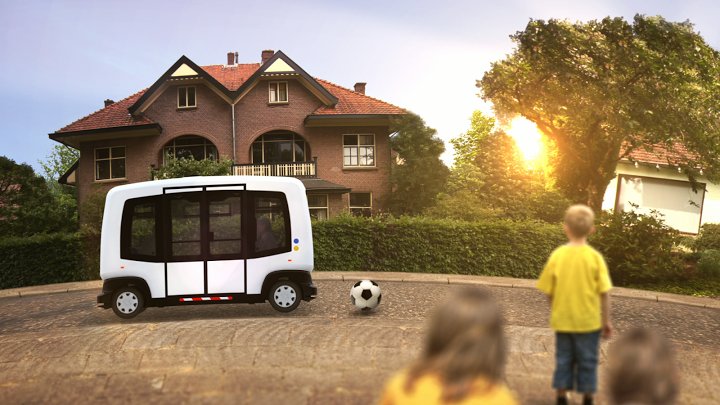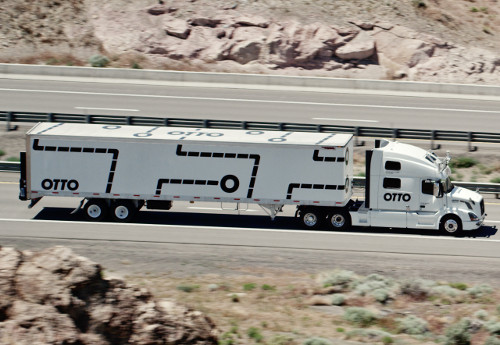An alternative to specific regulations for robocars: A liability doubling
Submitted by brad on Wed, 2016-06-01 00:34Executive summary: Can our emotional fear of machines and the call for premature regulation be mollified by a temporary increase in liability which takes the place of specific regulations to keep people safe?







 People with some level of identity (an address, a job) have ways to be accountable. If the damage rises to the level where refusing to fix it is a crime at some level, fear of the justice system might work, but it's unlikely the police are going to knock on somebody's door for throwing up in a car.
People with some level of identity (an address, a job) have ways to be accountable. If the damage rises to the level where refusing to fix it is a crime at some level, fear of the justice system might work, but it's unlikely the police are going to knock on somebody's door for throwing up in a car.